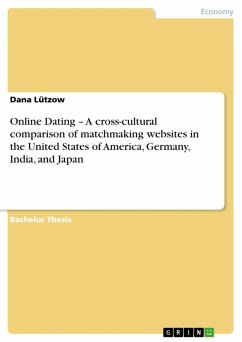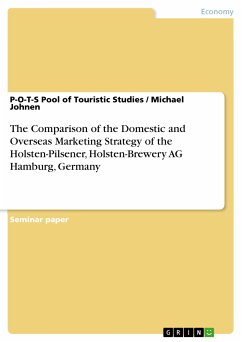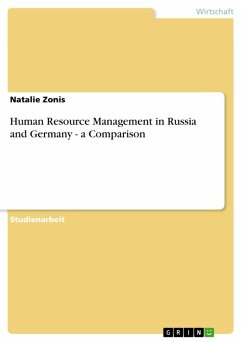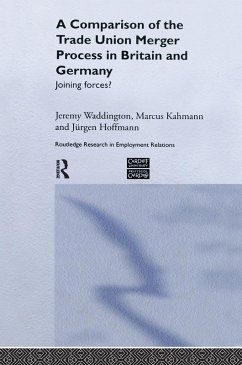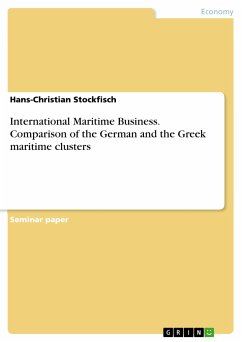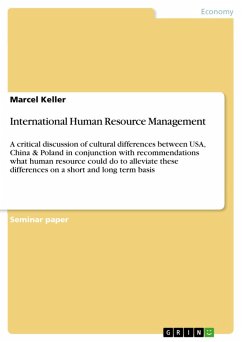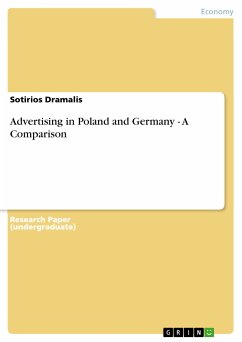
Advertising in Poland and Germany - A Comparison (eBook, ePUB)
Sofort per Download lieferbar
Statt: 18,95 €**
16,99 €
inkl. MwSt. und vom Verlag festgesetzt.
**Preis der gedruckten Ausgabe (Broschiertes Buch)
Alle Infos zum eBook verschenkenWeitere Ausgaben:

PAYBACK Punkte
0 °P sammeln!
Research Paper (undergraduate) from the year 2005 in the subject Business economics - Offline Marketing and Online Marketing, grade: 1,8, University of Cooperative Education Mannheim (Berufsakademie Mannheim - Staatliche Studienakademie), course: International Marketing, language: English, abstract: Both number of advertisers and expenses for advertising have rapidly increased in Poland in the last years. From 1993 to 1994 advertising expenses grew from 299 to 469 million dollars. Continuous economical reforms and expenditure further contributed to this growth. Consequently, the case of Poland...
Research Paper (undergraduate) from the year 2005 in the subject Business economics - Offline Marketing and Online Marketing, grade: 1,8, University of Cooperative Education Mannheim (Berufsakademie Mannheim - Staatliche Studienakademie), course: International Marketing, language: English, abstract: Both number of advertisers and expenses for advertising have rapidly increased in Poland in the last years. From 1993 to 1994 advertising expenses grew from 299 to 469 million dollars. Continuous economical reforms and expenditure further contributed to this growth. Consequently, the case of Poland provides an ideal opportunity to study the impact an economy's stage of development has on advertising management (West / Paliwoda 1996, p. 82). Poland also offers huge potentials for its neighbouring countries which is especially true for Germany. From a German perspective it is eminently important to understand the differences between the German and the Polish culture as culture has a major impact on advertising and communication. The above justifies and is reason enough to have a deeper look at the Polish advertising market with reference to Germany. Therefore these issues will be dealt within the following study paper. It starts with theoretical background information on advertising and then continues with a secondary-statistical analysis of major advertisement conditions in the Polish and German markets. This involves comparing the legal framework and general infrastructure (advertising agencies, media) for advertising in the two countries. Furthermore, the attitudes of Poles and Germans towards advertisement will be explained as well as the influence the Polish and German cultures have on advertising appeals. The comparison concludes with an outlook on the further development of the advertising markets in Germany and Poland by stating potential similarities and differences.
Dieser Download kann aus rechtlichen Gründen nur mit Rechnungsadresse in A, B, BG, CY, CZ, D, DK, EW, E, FIN, F, GR, HR, H, IRL, I, LT, L, LR, M, NL, PL, P, R, S, SLO, SK ausgeliefert werden.




